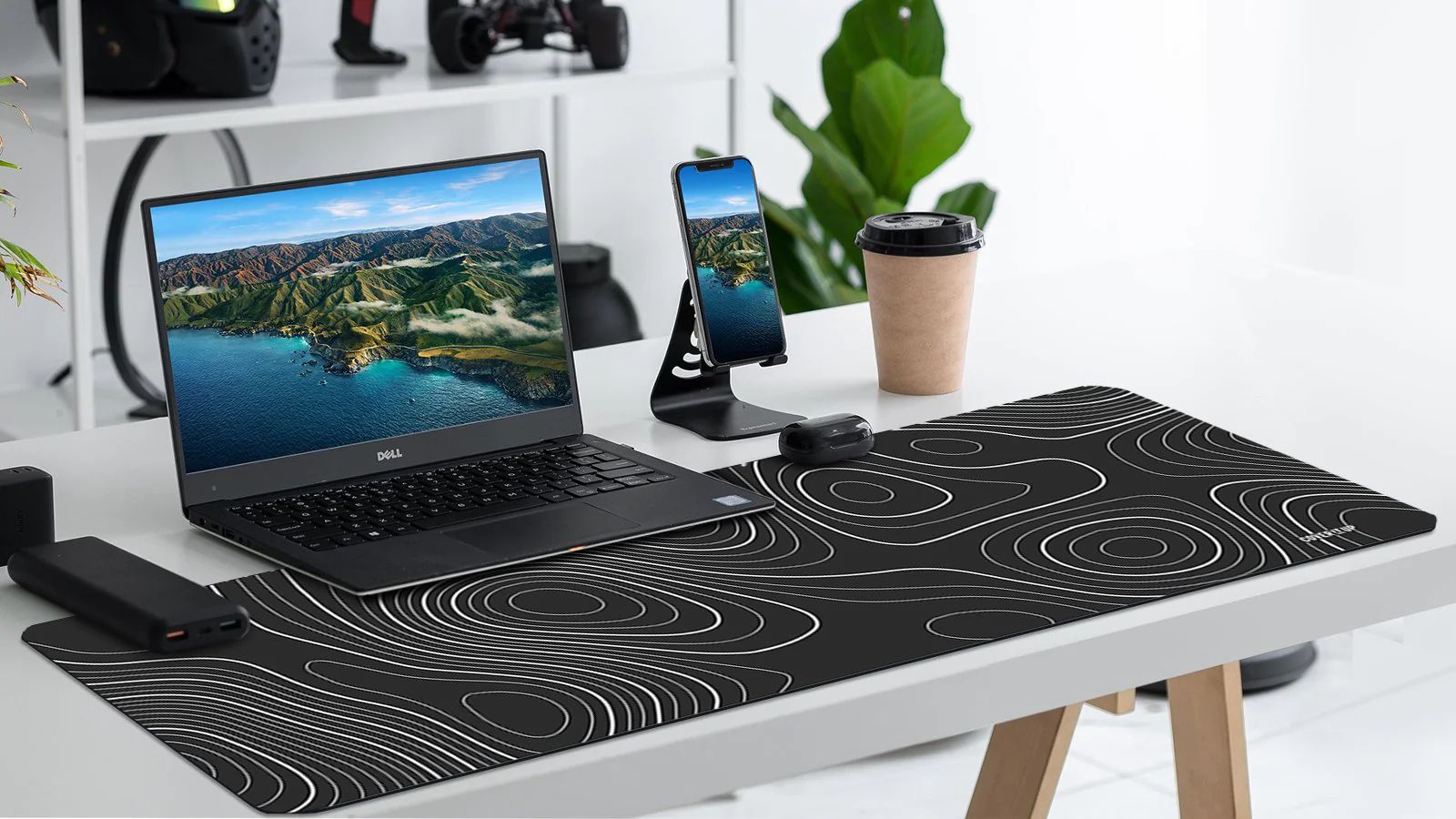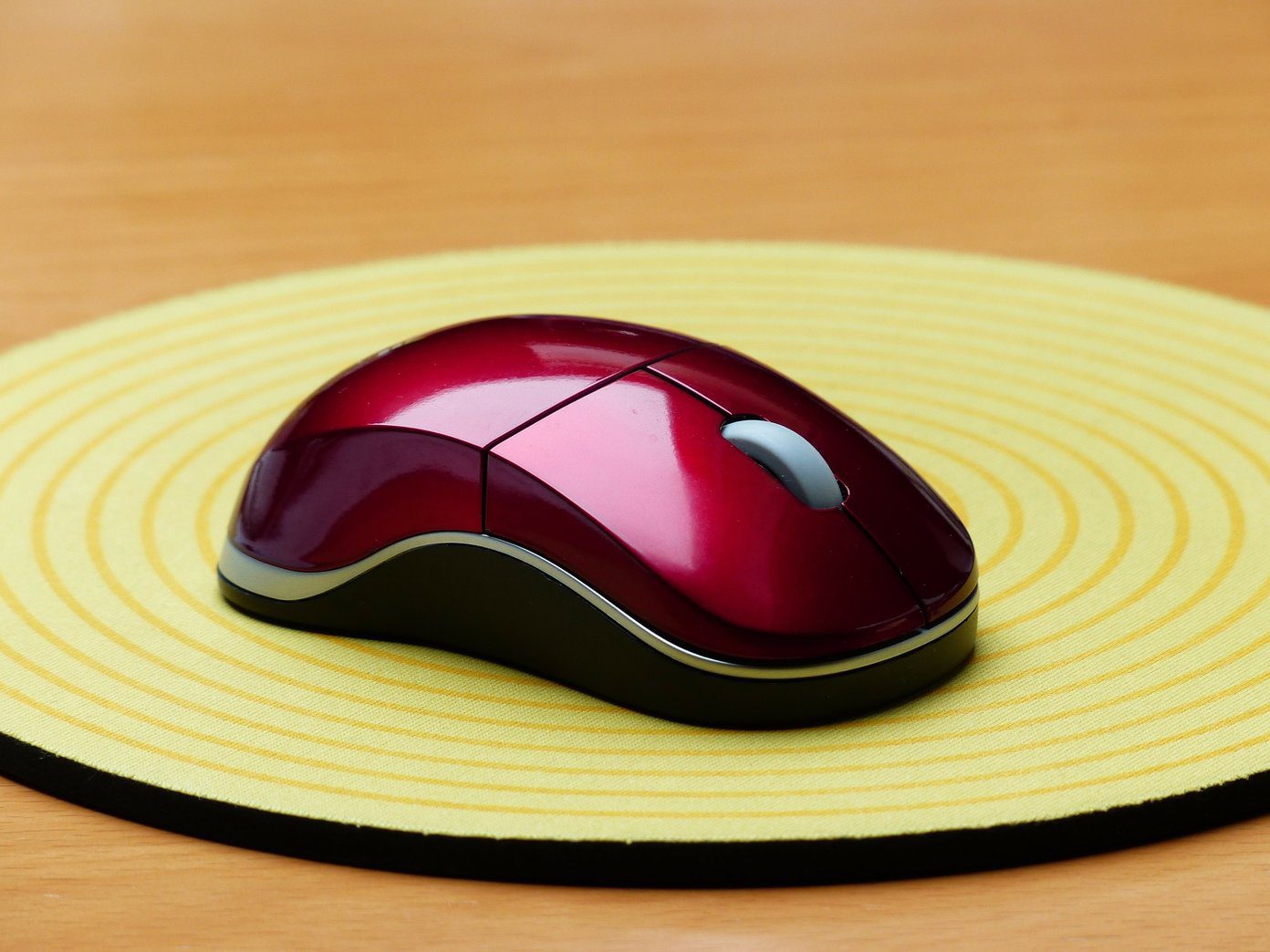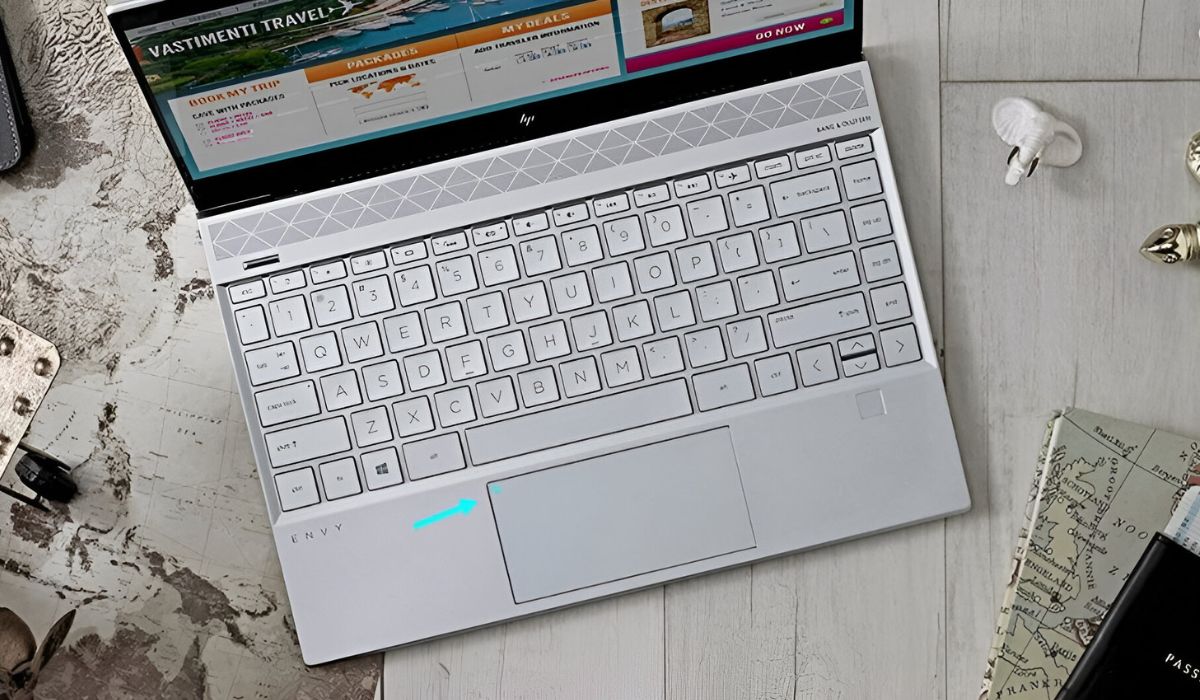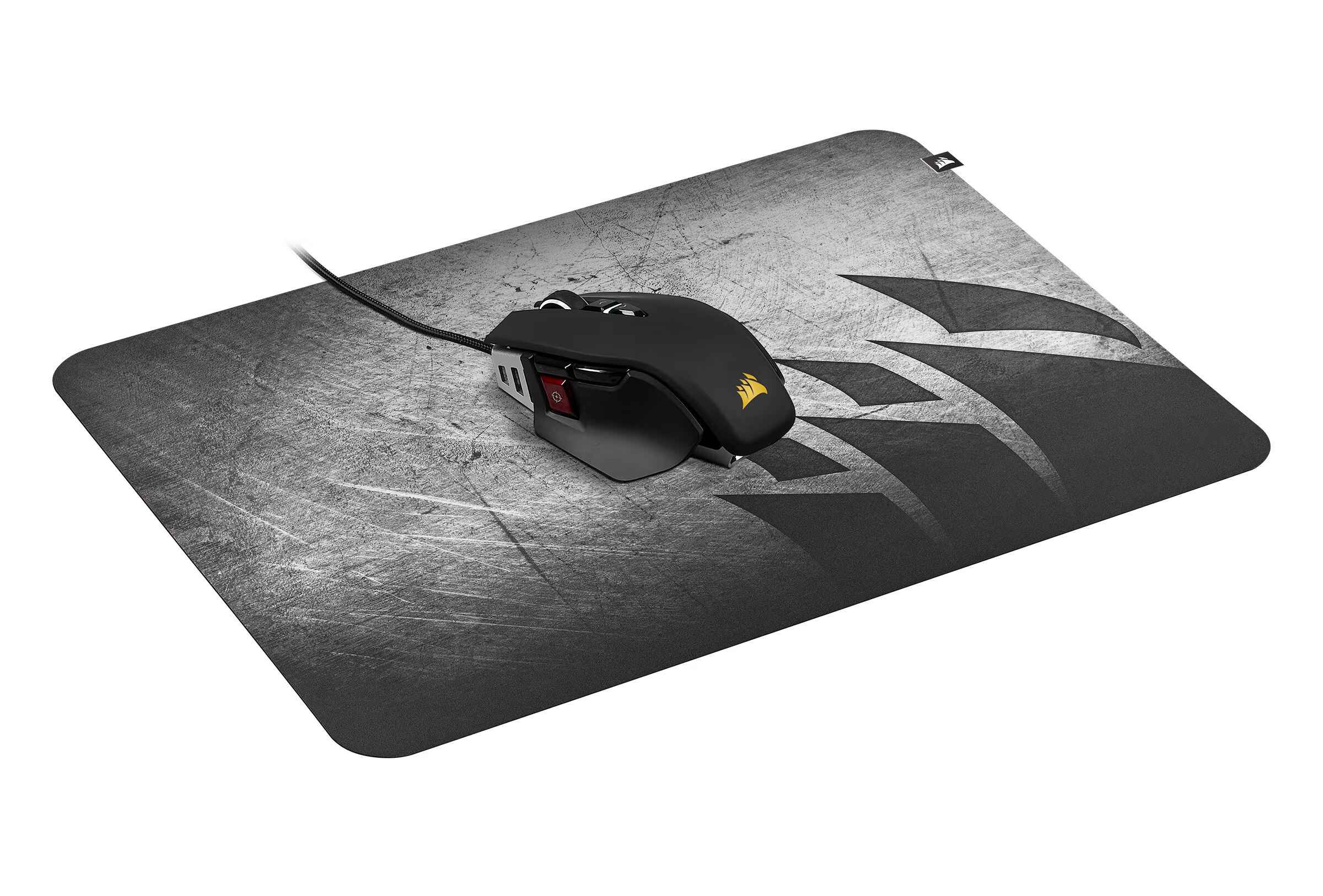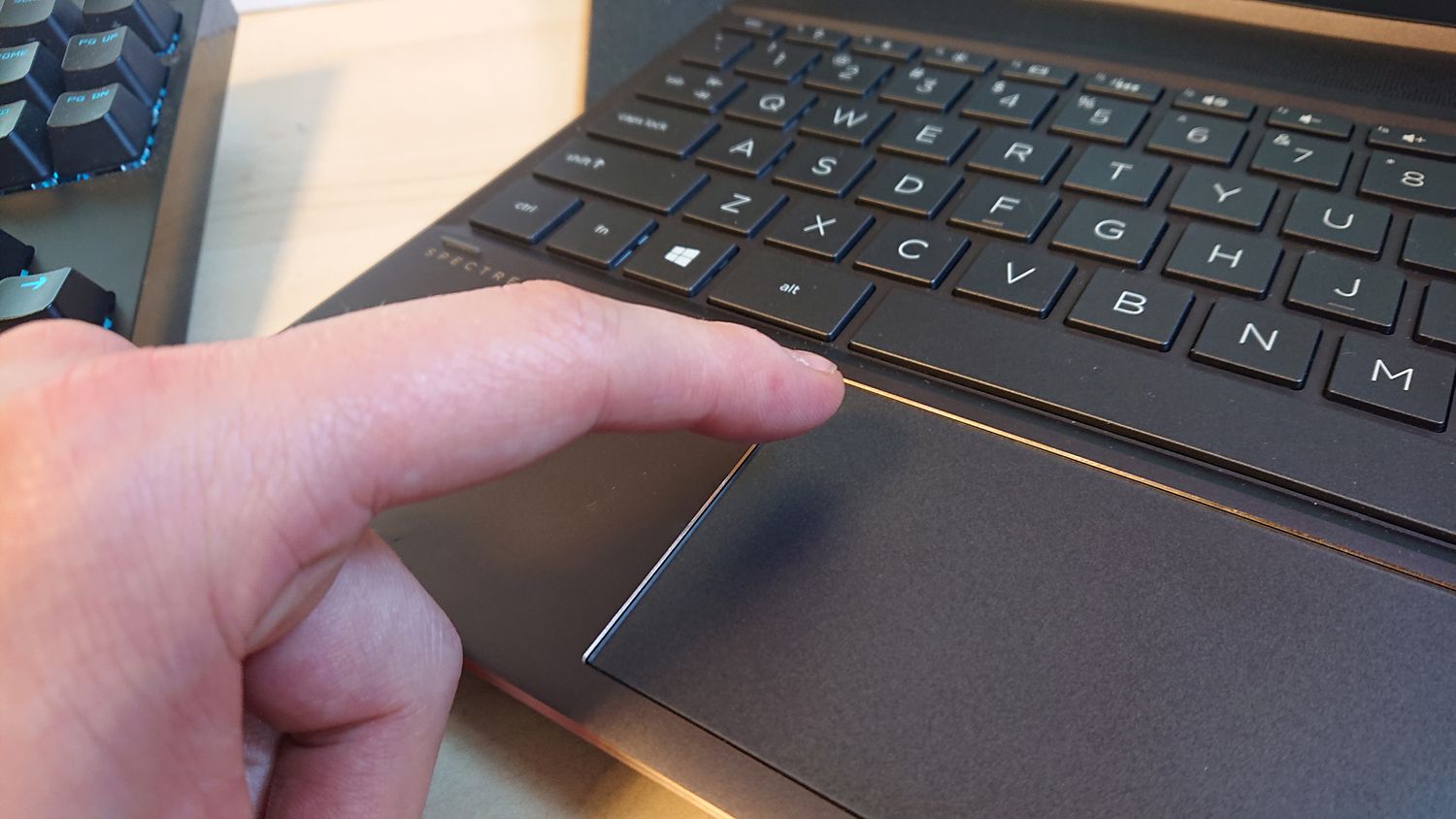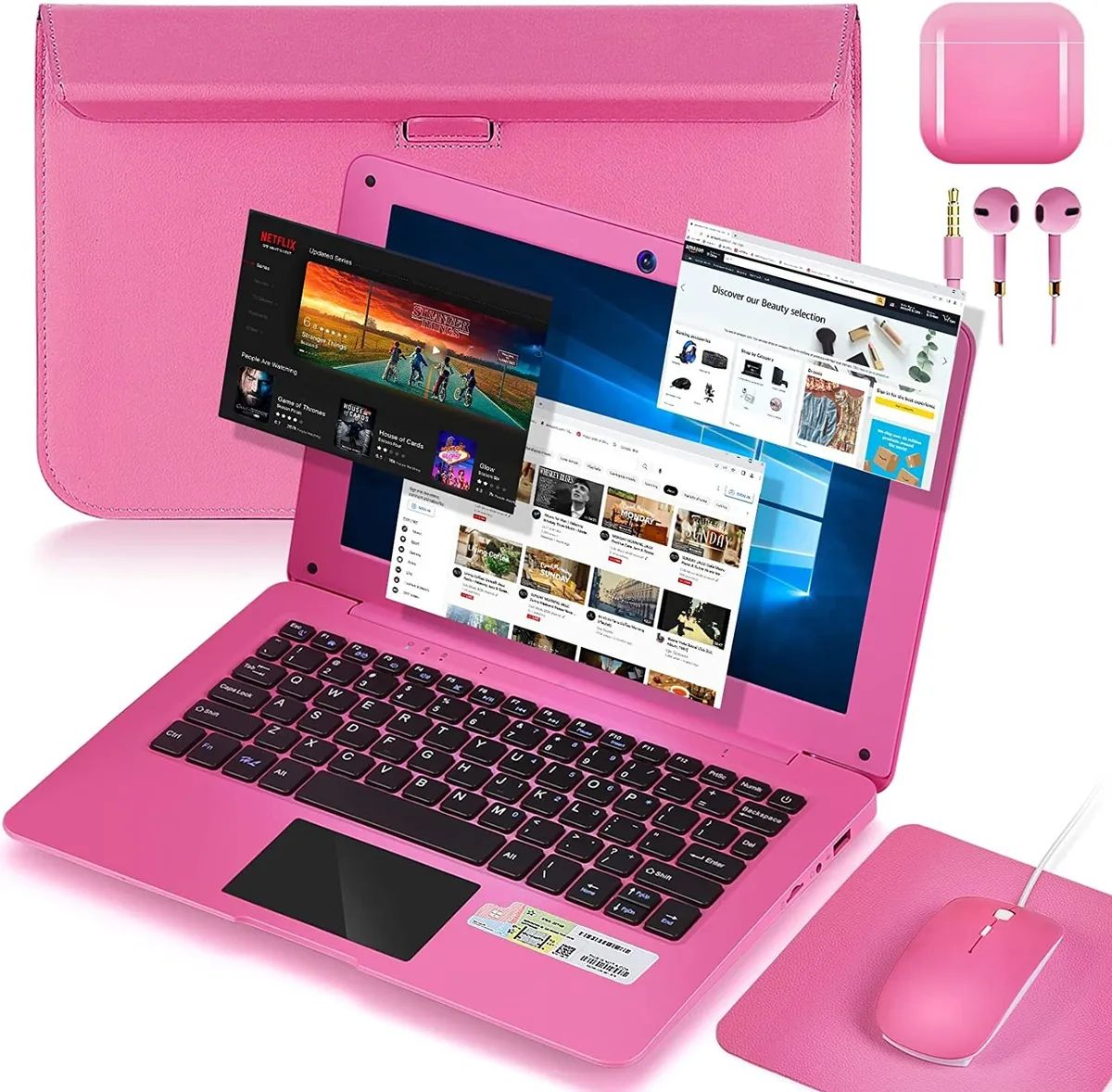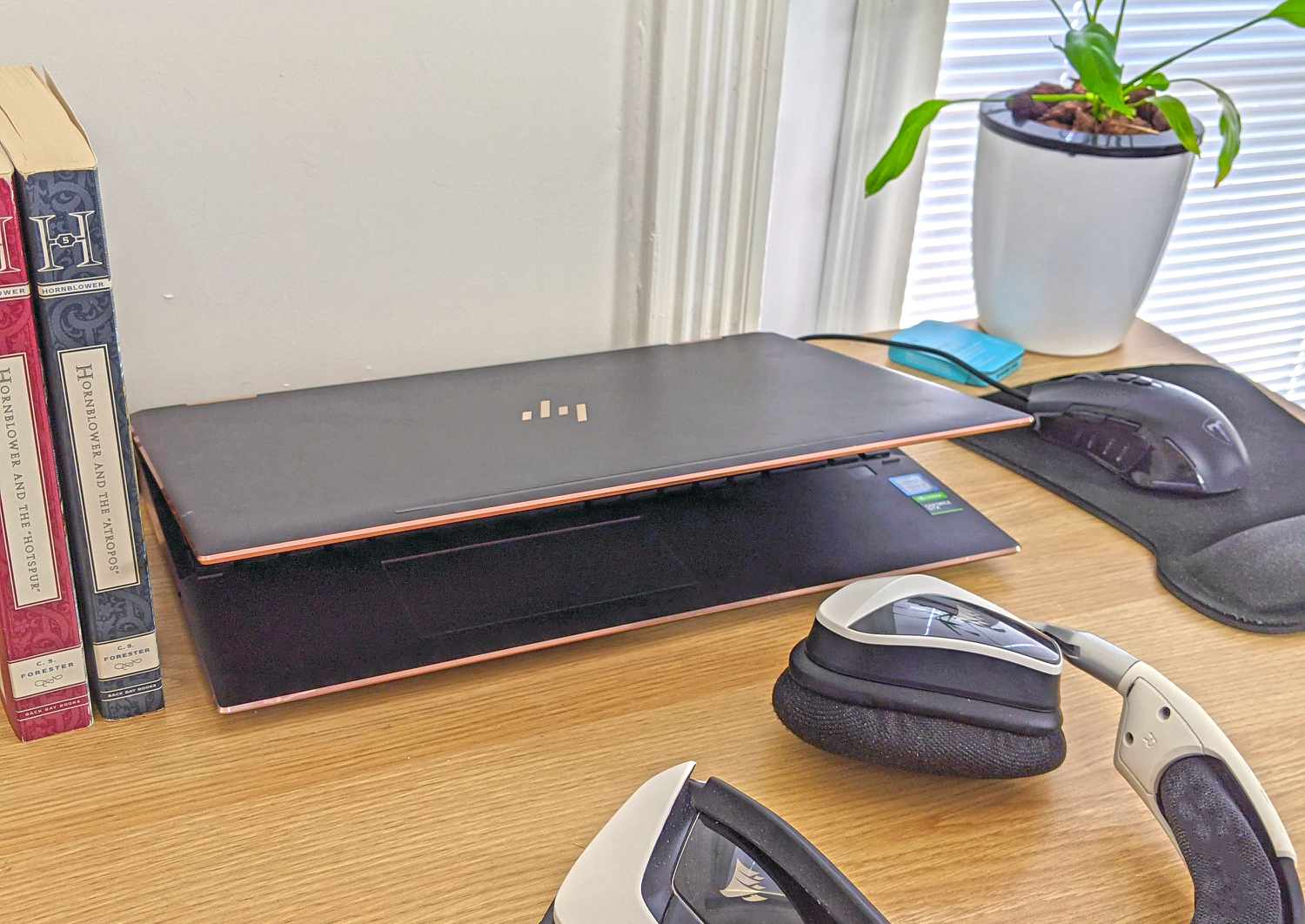Introduction
Introduction
Are you frustrated by the constant accidental touches on your laptop's touchpad while typing? If you're using a Windows 7 laptop, you're in luck. This article will guide you through various methods to disable the touchpad on your Windows 7 laptop, providing you with the freedom to use an external mouse without any interference from the touchpad.
Whether you're a student, professional, or casual user, the ability to disable the touchpad can greatly enhance your computing experience. Accidental touches on the touchpad can disrupt your workflow, leading to errors and frustration. By learning how to disable the touchpad, you can regain control over your laptop and work more efficiently.
In the following sections, we'll explore multiple methods to achieve this, catering to different user preferences and technical abilities. From simple keyboard shortcuts to utilizing the Device Manager and Control Panel, you'll find a method that suits your comfort level and technical expertise. Additionally, we'll discuss the option of using third-party software to disable the touchpad, providing an alternative for users who prefer a more comprehensive solution.
By the end of this guide, you'll have the knowledge and tools to effectively disable the touchpad on your Windows 7 laptop, allowing you to work and navigate your device with ease. Let's dive into the methods and empower you to take control of your laptop's touchpad functionality.
Method 1: Using Keyboard Shortcut
Method 1: Using Keyboard Shortcut
One of the quickest and most convenient ways to disable the touchpad on your Windows 7 laptop is by using a keyboard shortcut. Many laptops feature a specific key combination that allows you to toggle the touchpad on and off, providing instant control over its functionality.
To initiate this method, start by identifying the designated keyboard shortcut for your laptop model. Common key combinations include pressing the Fn key along with one of the function keys (F1 to F12) that has a touchpad icon. Once you've located the appropriate key combination, simply press it to disable the touchpad. To re-enable the touchpad, repeat the same key combination.
This straightforward method offers a convenient way to quickly disable and re-enable the touchpad without the need for additional software or complex settings. It's particularly useful for users who prefer a simple and immediate solution to manage their touchpad functionality.
While using the keyboard shortcut is effective, it's important to note that the specific key combination may vary depending on the laptop manufacturer and model. Therefore, it's recommended to refer to the laptop's user manual or visit the manufacturer's website to find the precise keyboard shortcut for your device.
By utilizing the keyboard shortcut method, you can effortlessly control the touchpad's status, ensuring that it complements your preferred method of navigating your Windows 7 laptop. This approach empowers users to swiftly toggle the touchpad on and off, providing a seamless and efficient experience when using an external mouse or when touchpad functionality is not required.
Method 2: Using Device Manager
Another effective way to disable the touchpad on your Windows 7 laptop is by utilizing the Device Manager. This method offers a more technical approach, providing users with detailed control over the hardware components of their laptop.
To begin, access the Device Manager by right-clicking on the “Computer” or “My Computer” icon and selecting “Manage.” In the Computer Management window, choose “Device Manager” from the left-hand navigation pane. Alternatively, you can access the Device Manager by pressing the Windows key + R, entering “devmgmt.msc” in the Run dialog, and pressing Enter.
Once in the Device Manager, expand the “Mice and other pointing devices” category to reveal the touchpad device. It is often labeled as a “Touchpad,” “PS/2 mouse,” or a similar designation. Right-click on the touchpad device and select “Disable” from the context menu. This action will deactivate the touchpad, preventing it from responding to input.
Should you wish to re-enable the touchpad using the Device Manager, simply return to the “Mice and other pointing devices” category, right-click on the disabled touchpad device, and select “Enable.”
Using the Device Manager to disable the touchpad provides users with a comprehensive method to manage the device’s functionality. It is particularly beneficial for individuals who are comfortable navigating and modifying system settings, granting them precise control over the touchpad’s status.
Furthermore, this approach allows users to explore additional properties and settings related to the touchpad device, offering a deeper understanding of its configuration and behavior within the Windows 7 operating system. By leveraging the Device Manager, users can tailor the touchpad’s functionality to align with their specific preferences and usage scenarios.
Method 3: Using Control Panel
Disabling the touchpad on your Windows 7 laptop can also be achieved through the Control Panel, providing a user-friendly and accessible method for managing the device’s functionality.
To initiate this method, navigate to the Control Panel by clicking on the “Start” button and selecting “Control Panel” from the menu. Within the Control Panel, locate and click on the “Hardware and Sound” category, followed by “Mouse” under the “Devices and Printers” section.
Upon accessing the Mouse properties, navigate to the “Device Settings” or “Touchpad” tab, depending on the specific options available for your laptop. Within this tab, you may find a checkbox or button that allows you to disable the touchpad. Once disabled, the touchpad will cease to respond to input, providing a seamless experience when using an external mouse or alternative pointing device.
If the option to disable the touchpad is not readily available within the Mouse properties, it may be located within the “Additional settings” or “Advanced settings” section, depending on the touchpad driver and software installed on your laptop. Explore these settings to locate the option to disable the touchpad and make the necessary adjustments.
Utilizing the Control Panel to disable the touchpad offers a straightforward and intuitive approach for users who prefer a familiar interface for managing their laptop’s settings. This method provides a centralized location to access various hardware and device settings, allowing users to customize their computing experience according to their preferences.
By leveraging the Control Panel, users can seamlessly disable and re-enable the touchpad, ensuring that it complements their workflow and usage habits. This user-friendly method empowers individuals to effortlessly tailor their laptop’s touchpad functionality to suit their specific needs, enhancing their overall computing experience.
Method 4: Using Third-Party Software
For users seeking a comprehensive and versatile solution to manage their laptop’s touchpad, utilizing third-party software can offer advanced control and customization options beyond the native settings provided by Windows 7.
Several third-party software applications are designed specifically to manage and customize touchpad functionality, providing users with a wide range of features, including the ability to disable the touchpad with enhanced flexibility and additional settings.
When considering third-party software options, it’s essential to research and select a reputable application from a trusted developer to ensure compatibility and reliability. Once you have identified a suitable third-party software solution, follow the installation instructions provided by the developer to integrate the application with your Windows 7 laptop.
Upon successfully installing the third-party software, launch the application and navigate to the touchpad settings or preferences. Within the software’s interface, you may find dedicated options to disable the touchpad, accompanied by customizable settings to fine-tune its behavior and responsiveness.
By leveraging third-party software, users can access a wealth of additional features and customization options to enhance their touchpad management experience. These applications often provide intuitive interfaces and comprehensive controls, allowing users to tailor the touchpad’s functionality to align with their specific preferences and usage scenarios.
Furthermore, third-party software may offer advanced settings for gesture controls, sensitivity adjustments, and palm rejection, empowering users to optimize their touchpad for optimal performance and usability.
While utilizing third-party software introduces an additional step in the process, it presents a valuable opportunity to explore an extensive array of touchpad customization options, providing a tailored and refined touchpad experience that aligns with individual preferences and workflow requirements.
Conclusion
Disabling the touchpad on a Windows 7 laptop is a valuable skill that empowers users to customize their computing experience according to their preferences and workflow requirements. By exploring the various methods outlined in this guide, individuals can effectively manage their touchpad functionality, ensuring a seamless and efficient computing experience.
Whether utilizing the convenient keyboard shortcut, accessing the Device Manager for detailed control, navigating the Control Panel for user-friendly settings, or leveraging third-party software for advanced customization options, users have a diverse array of methods to choose from based on their technical comfort level and desired level of control.
Each method offers distinct advantages, catering to different user preferences and technical abilities. The keyboard shortcut method provides a quick and immediate solution for toggling the touchpad on and off, while the Device Manager approach grants users precise control over the touchpad’s hardware functionality. The Control Panel method offers a familiar and accessible interface for managing the touchpad, and third-party software presents advanced customization options for a tailored touchpad experience.
By understanding and implementing these methods, users can effectively disable the touchpad on their Windows 7 laptops, enhancing their productivity and usability when utilizing external mice or alternative pointing devices. This capability is particularly beneficial for individuals who engage in extensive typing or require precise cursor control in their daily computing tasks.
Regardless of the chosen method, the ability to disable the touchpad empowers users to optimize their laptop’s functionality, ensuring a personalized and efficient computing environment that aligns with their unique preferences and usage habits.
As technology continues to evolve, the flexibility and customization options provided by these methods enable users to tailor their touchpad experience to suit their evolving needs and preferences. By staying informed and adept at managing touchpad functionality, users can maximize their productivity and comfort when interacting with their Windows 7 laptops.
With the knowledge and insights gained from this guide, users are equipped to confidently navigate the process of disabling the touchpad on their Windows 7 laptops, unlocking a new level of control and customization in their computing endeavors.









